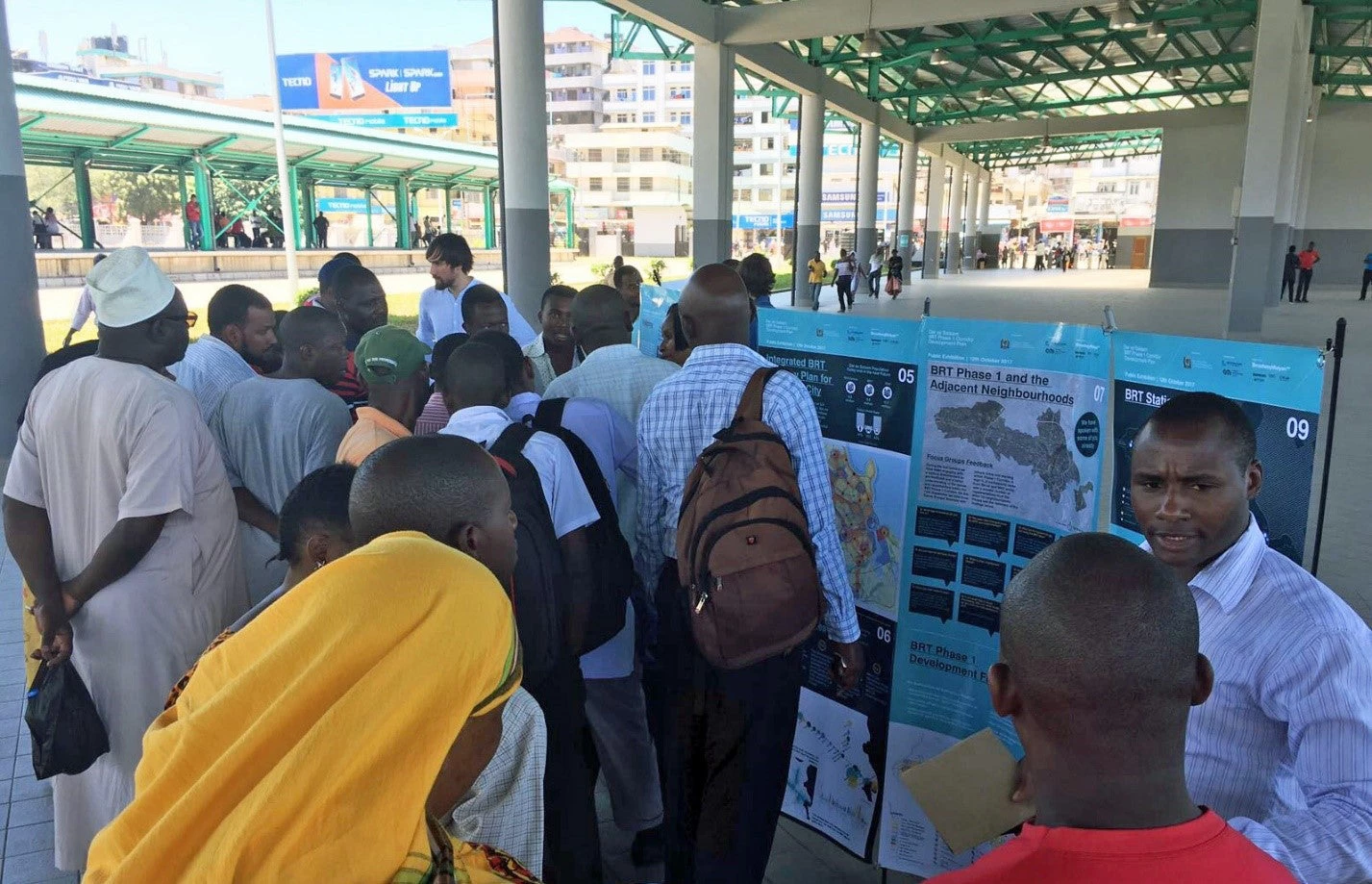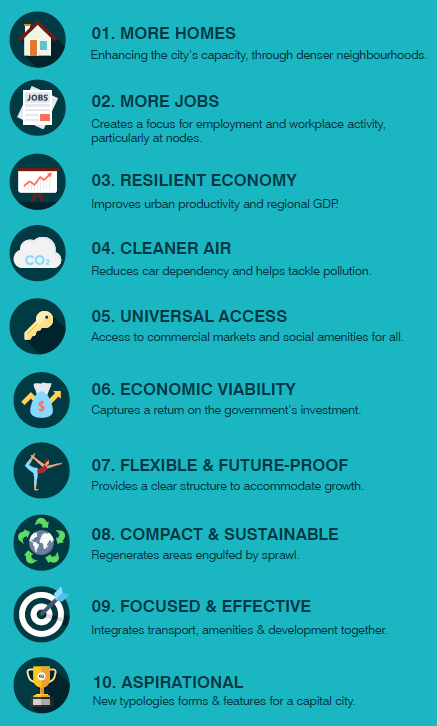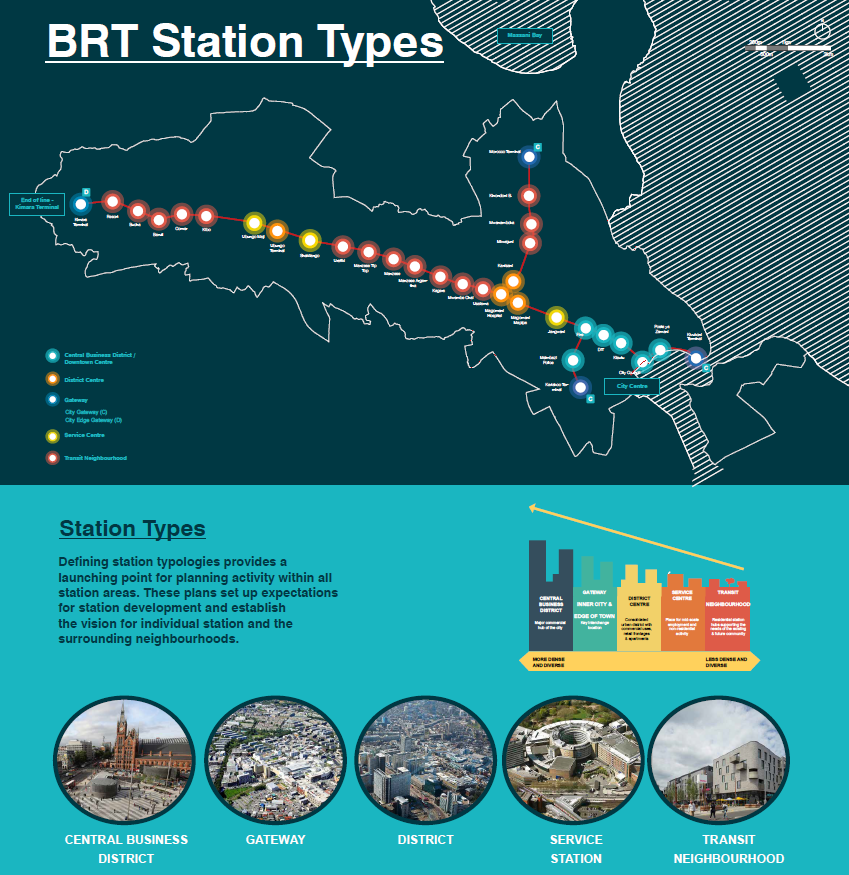
(Photo: World Bank)
Many urban planners may know the success stories of Curitiba, Singapore or London realizing transit-oriented development (TOD). However, TOD is still very new in Sub-Saharan Africa. Although this concept of leveraging on major transit infrastructure to affect integrated land-use development for greater benefits may be gaining more recognition, there are few examples of successful TOD in Sub-Saharan Africa beyond a couple of South African cities, such as Cape Town and Johannesburg.
Dar es Salaam, Tanzania now has the perfect opportunity to become a pioneer on transit-oriented development.
Dar es Salaam, the largest city in Tanzania with a population of 4.6 million, is expected to become a mega city by 2030 with a population over 10 million. However, its growth has been largely shaped by informality, coupled with a lack of hierarchy in roads and transit modes. It is increasingly difficult to get around the city without being stuck in traffic for hours. The complex and fragmented institutional structure of Dar es Salaam compounds the challenges, making management of the city complicated and less effective.
However, Dar es Salaam is East Africa’s first city to implement a bus-rapid transit (BRT) system , and in just over a year of its operation, already garnered the prestigious Sustainable Transport Award from the Institute for Transportation and Development Policy (ITDP). With the development of this first BRT line, there is already an observed increase in the intensity of economic activities; developments are mushrooming and land value is rising along the corridor. While this provides a significant opportunity for both the public and private sectors to invest in urban development and improve the utilization of land along the corridor, the changes need to be carefully guided so they are appropriate contextually and culturally. In addition, a careful balance needs to be maintained to ensure that lower-income communities and the greater public also benefit from the resultant economic and social gains over time.

Phase 1 under the multi-phase CDS has yielded a treasure-trove of data and interesting findings. The team undertook a systematic examination and deep dived into five key aspects of the corridor:
- socio-economics and real estate profile
- natural environment
- urban planning
- transport and mobility
- infrastructure.
Last week was an exciting one and a milestone in the development of the CDS. We are nearing the conclusion of Phase 1, which culminated in a series of activities. First in the series was a day-long stakeholders’ engagement session where they were updated on the project progress and findings, and participated in an Ideas Charrette (an interactive session to gather ideas to inform Phase 2 proposals). In addition, a public exhibition was held at the Gerezani BRT Station to engage with the general public—not only those living and working within the Phase 1 BRT Corridor, but also the BRT users who are in transit from and to other parts of the city.


What else do you think could be done to help Dar es Salaam realize its TOD dream?
Learn more:
- About the Dar es Salaam Metropolitan Development Project
- Dar es Salaam Wins Sustainable Transport Award
- Transforming the Urban Space Through Transit-Oriented Development: The 3V Approach
- Transit-oriented Development (TOD) Guide for Urban Communities
- Financing Transit-Oriented Development with Land Values
- Subscribe to our Sustainable Communities newsletter
- Follow us on Twitter (@WBG_Cities) and Flipboard


Join the Conversation